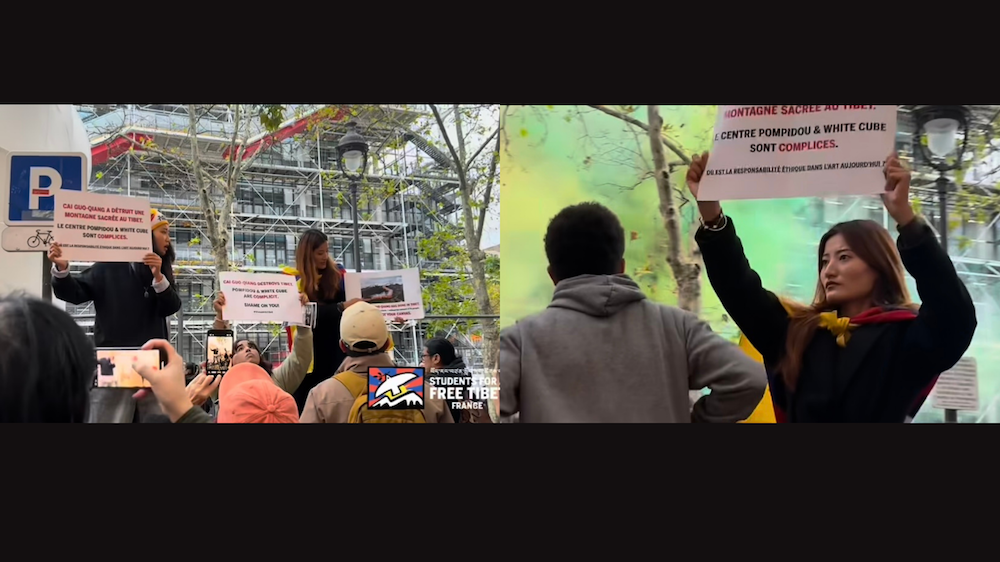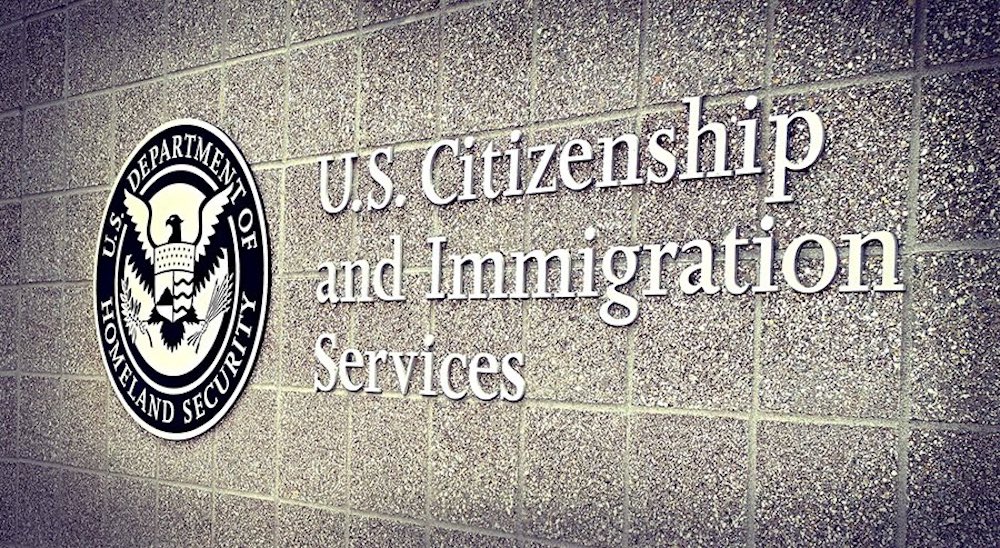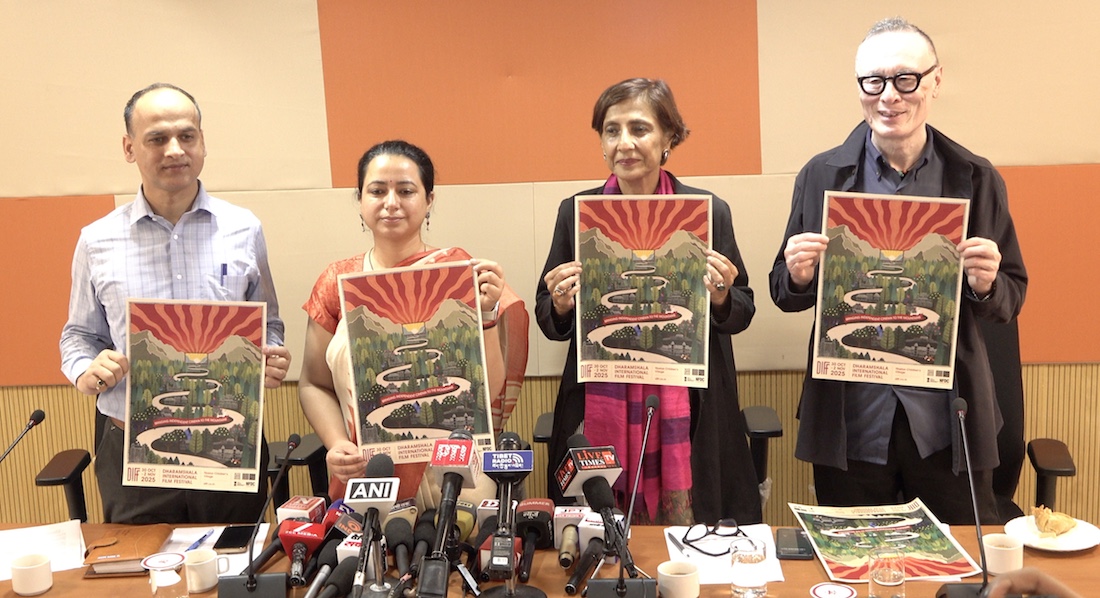By Brian Alexander
 For Tashi Namgyal, recalling his boyhood with nomadic Tibetans is like flipping through a few precious snapshots of events that separated him from his family.
For Tashi Namgyal, recalling his boyhood with nomadic Tibetans is like flipping through a few precious snapshots of events that separated him from his family.
He remembers Chinese communists raiding his community in 1959 when he was only 6 or 7 years old, separating him, a brother and a 6-month-old sister from his mother and other siblings.
He remembers a neighbor woman who took care of him while he was living in a Chinese-run camp for displaced Tibetans. He confided in her his desire to escape.
He remembers waking up one morning far away from the Chinese camp, and from his brother and sister. The woman and some others had escaped the camp and taken him with them.
So began Namgyal’s journey apart from his relatives — and what would become many years of toiling to reconnect with the family he feared might be dead.
 Over the years, Namgyal sent letters addressed only with the family name. And through people he knows he made contact with villagers near where he grew up, in hopes that someone might be able to connect him with his mom, a brother or a sister.
Over the years, Namgyal sent letters addressed only with the family name. And through people he knows he made contact with villagers near where he grew up, in hopes that someone might be able to connect him with his mom, a brother or a sister.
But his efforts didn’t pay off until June, 46 years after the separation, when he got an unexpected phone call at his home in Shoreline from his long-lost older brother, who is still in China.
That phone call prompted a two-month-long trip to his homeland and an emotional reunion with six siblings and his 82-year-old mother, Tsezin.
“For the first time, oh my God, I would have never thought I had that many brothers and sisters,” said Namgyal, the 53-year-old president of the Tibet Association of Washington. “They always assumed that I was dead.”
Namgyal recalled his journey amid Tibetan Buddhist Prayer Flags and the smell of incense at TibetFest in the Center House at Seattle Center yesterday.
A common story
He is one of about 250 Tibetans living in Washington, he said. Many of the older residents have stories similar to Namgyal’s — stories of being separated from their families when Chinese communists moved into Tibet in the late 1950s.
“There’s not a single Tibetan family that has not lost a member because of the Chinese occupation,” he said.
It’s uncommon for families to be reunited, Namgyal said.
 Namgyal recalled receiving that first phone call from his brother, Thupten Gedun, and crying so hard that he had to leave the phone and call back a couple of days later when he could better control his emotions.
Namgyal recalled receiving that first phone call from his brother, Thupten Gedun, and crying so hard that he had to leave the phone and call back a couple of days later when he could better control his emotions.
In subsequent phone conversations, Namgyal arranged the trip to meet his family. The brothers agreed to meet at the airport, but the obvious question came up: How would the long-separated pair recognize each other?
Gedun agreed to hold a sign with the family name, but when the two saw each other, there was an immediate bond, Namgyal said.
“Instantly there was some level of recognition,” he said.
Gedun told Namgyal that he remembered his younger brother’s beautiful eyes.
Namgyal’s trip had two purposes, he said. He wanted to reunite with his family and go on a pilgrimage to sacred Tibetan Buddhist sites.
But he was disappointed to find what he called a “dilution of Tibetan culture.” Many of the sacred sites were overrun with Chinese and foreign tourists, he said.
“People over there, they’re not able to practice their religion like they want to,” said Namgyal, adding that sacred temples have been turned into little more than museum pieces. “When I went there I did not feel like I was in my own country.”
But his Tibetan relatives were living a life largely similar to the one they had as a nomadic community.
His younger brother, for example, had been a shepherd from when he was 12 years old until he was 50, Namgyal said. Many of his family members were illiterate and, unlike Namgyal, who attended school in India, had never received a formal education.
Namgyal said he feels hopeless to stop the dilution of culture in Tibet, so he’s working here within his small Seattle community to build that culture here.
TibetFest, one of 18 such cultural festivals at Seattle Center this year, is an opportunity to teach Seattleites about Tibetan culture and the struggle for autonomy, as well as teach Tibetan children in Seattle about their heritage.
Ngawang Choedon, secretary of the Tibet association, said the group plans months in advance to secure funding, performers and vendors for the event.
The group expected about 10,000 people to come to watch the traditional dances and songs, try Tibetan food and purchase Tibetan goods.
“We’ve been doing pretty good for a small community,” said Choedon. “We haven’t slept for a few days, but we feel it’s worth it.”
Namgyal said attention, even from as far away as Seattle, can help save the Tibetan culture across the world. But he warned that people should educate themselves about Tibet’s political and cultural situation.
“We need the support of the international community,” he said. But, “We don’t want people to support us without knowing the real issues.”
Brian Alexander: 206-464-2349 or balexander@seattletimes.com









